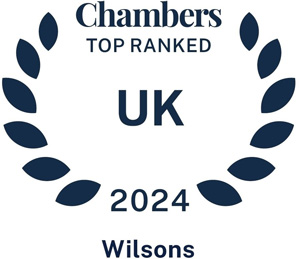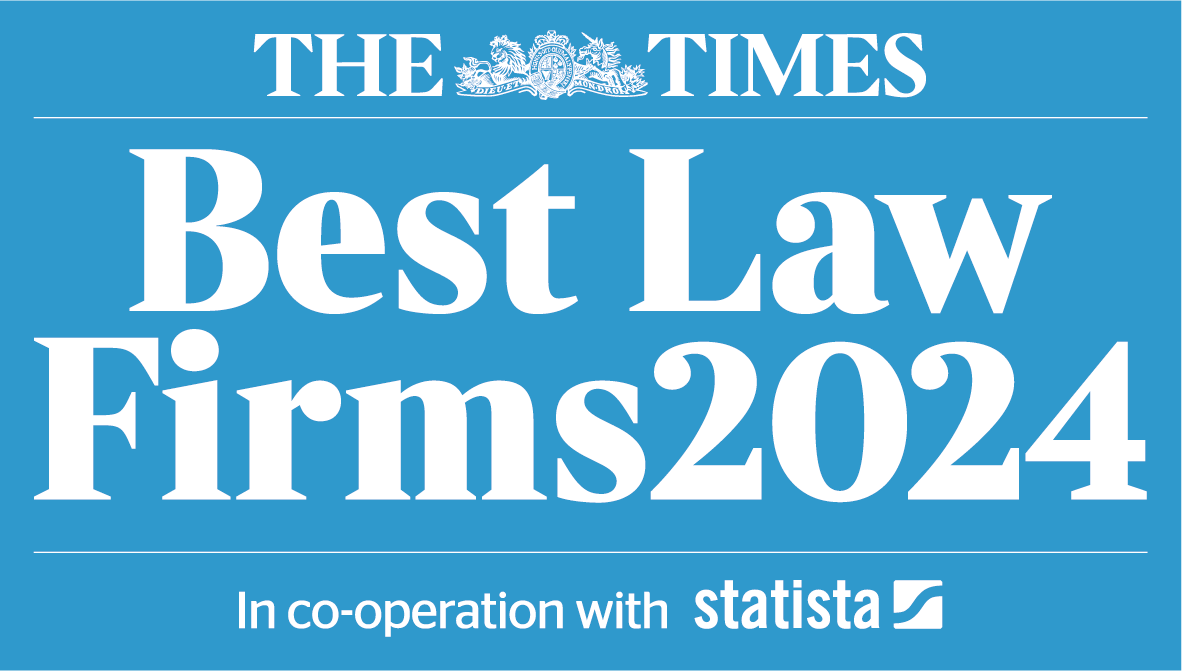Details of flexible furlough scheme and ‘a plan for jobs’ released
21 July 2020

Details of the flexible furlough scheme including the new Treasury Direction have now been published and employers have been starting to get to grips with the new rules. With news of large scale redundancies coming thick and fast, the Chancellor also announced the government's 'plan for jobs' in his summer economic update. To further assist our clients, we have summarised the key points on what we know so far below.
Flexible furlough
The majority of the provisions of the flexible furlough scheme which were set out in the Treasury Direction were as expected and summarised in our previous update but there are some new points which employers should be aware of:
- All employees on furlough are considered 'flexibly furloughed employees' even where they are not working flexibly and doing no work. This means that the flexi-furlough calculations need to be carried out for all furloughed staff, which could be quite complicated if they are working flexibly although in the case of staff who remain on furlough doing no work for the entirety of the claim period a simpler calculation is available.
- The Direction includes some new wording which suggests that CJRS grants should be used to continue an employee's employment. It was unclear whether this meant that employers are not permitted to claim for an employee's notice period or carry out redundancy consultation during furlough. However, on 17 July HMRC updated its guidance to remove any uncertainty. The relevant passage now says "You can continue to claim for a furloughed employee who is serving a statutory or contractual notice period, however grants cannot be used to substitute redundancy payments".
- The flexi-furlough arrangements must be confirmed in writing before the employee starts a flexible furlough arrangement.
- Employers can flexibly furlough staff who are currently working reduced hours or on full furlough provided that the employee has been placed on flexible furlough for a period of 3 weeks prior to 30 June.
- There have been some changes to the claims process. Claim periods must now start and end within the same calendar month and must be a minimum of 7 days, unless they relate to the days at the start or end of a month.
- Employers can continue to rotate eligible employees on and off furlough but employers should be mindful of the additional complications this can create as a result of the additional claim period restrictions.
Job retention bonus
The government has introduced a job retention bonus of £1,000 for each employee meeting the eligibility criteria to be paid to employers. In order to be eligible, the employee must return from furlough, remain continuously employed until the end of January 2021 and earn an average of £520 per month over that period. This is the initial detail that is available at the moment, but full details are expected by the end of July.
Kickstart scheme
The coronavirus pandemic has had a significant impact on younger people, many of whom work in the hospitality or tourism industry or have less secure employment. In response, the government has introduced the kickstart scheme which aims to create 6-month work placements for those aged 16-24 who are currently claiming Universal Credit. The scheme will cover the wage costs (including NICs and auto-enrolment contributions) for 25 hours per week at the national minimum wage.
There will also be additional payments available for employers who provide traineeships and apprenticeships to the value of between £1,000 - £2,000 depending on the placement offered and the age of the employee. There will also be additional funding for the National Careers Service, Jobcentre Plus and other initiatives designed to help young people and those with illnesses and disabilities who may experience difficulties finding employment.
Links to the latest guidance can be found in our Useful Links for Employers' article.
If you have any questions about any of the topics covered above, or would simply like an informal chat with one of our experts, please use the form below to get in contact.



